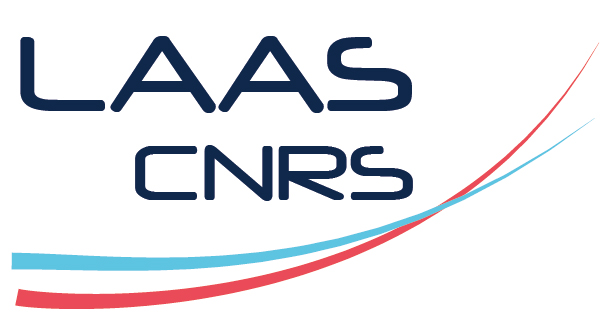A wake-up strategy enabling GNSS-free NB-IoT links to sparse LEO satellite constellations
Résumé
The latest release by the 3rd Generation Partnership Project (3GPP) defines how a non-terrestrial NB-IoT link may be set up between User Equipments (UE) on the ground and Low Earth Orbit (LEO) satellites equipped with Evolved Nodes B (eNB). However, a strong assumption is undertaken. Each UE must have Global Navigation Satellite Systems (GNSS) capabilities to properly pre-compensate the Doppler frequency shift and the propagation delay according to the time-varying relative motion of satellites. Additionally, although Release 18 accounts for discontinuous coverage by LEO satellites, the management of next passes over any spot on the Earth is undefined, thus affecting the system scalability. Remarkably, this contribution enables GNSS-free NB-IoT Direct-to-Satellite communications with sparse LEO satellite constellations. To do that, the UE periodically wakes up until it detects a satellite pass in its range. By listening to several NB-IoT beacons, the estimated Doppler curve is used to pre-compensate ongoing communications in frequency and time. Furthermore, the UE uses the standard information sent from the eNB, together with its own estimated location, to guess the next satellite pass without using GNSS. Simulation results reveal that the introduced wake-up strategy allows GNSS-free UEs to save more energy than if equipped with the most power-efficient GNSS chipsets surveyed in 3GPP specifications, promoting the broader deployment of IoT devices in remote and underserved areas.
| Origine | Fichiers produits par l'(les) auteur(s) |
|---|

